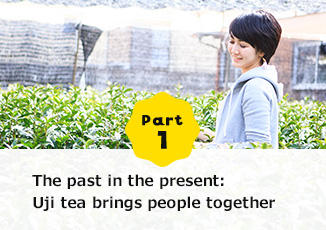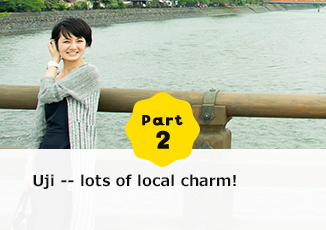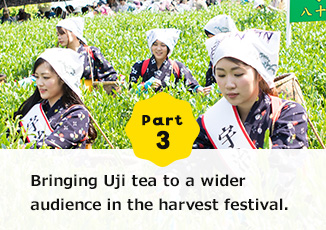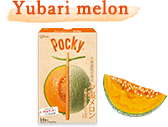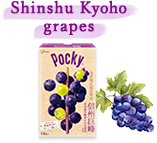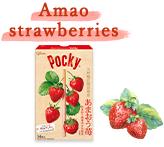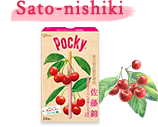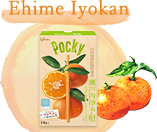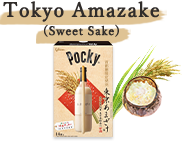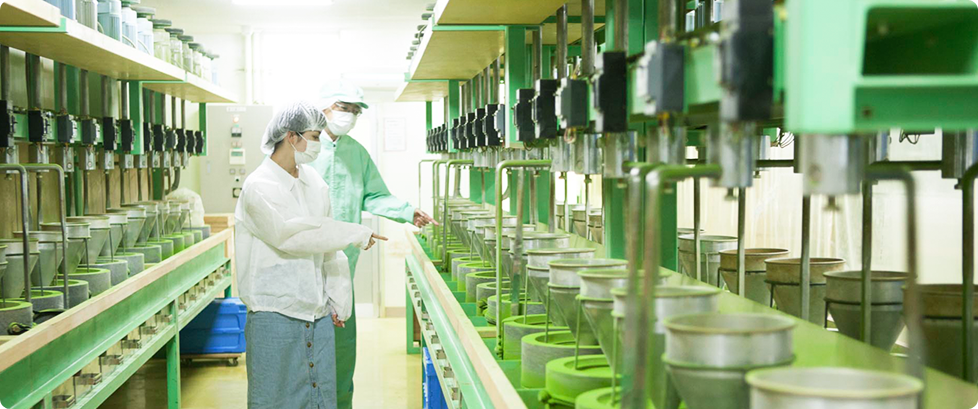
Uji tea has been beloved throughout the years.
All the more today, that traditional flavor is safeguarded by locals.
Tea first reached Uji in Kyoto in the Kamakura period (1185-1333).
Atop a small hill, the excellent soil in this land proved excellent and captivated the people of the world. One such person was Toyotomi Hideyoshi.
Hideyoshi worked to protect the Uji brand, which had already become a luxury tea during his time.
He was very fond of tea brewed with water from the clear Ujigawa River.
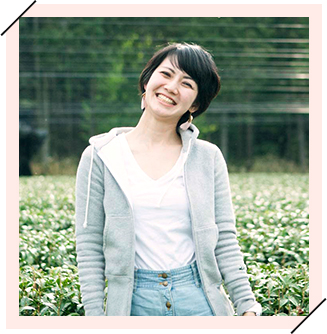
Signature Kyoto souvenirs are yatsuhashi cinnamon snacks, shichimi pepper, and Uji Matcha -- these are musts to take home!
Let’s delve into everyone’s favorite matcha flavor.
This was my first tour of Uji since I came here on a school field trip. I had looked forward to engaging with the town and its people from a new vantage point.

Black tarps protect the new leaves
I visited Uji in mid-April.
I was actually a whole month ahead of schedule for the harvest!
Here and there, I saw black tarps covering the tea plantations.
Just what were they?
“Even if the weather gets warmer, Uji’s mornings are cold and frosty, so these sheets protect the leaves.â€
This little tidbit was shared by a farmer.


Looking closely, I could see yellow-green buds in between the green leaves.
They were still small and growing, I noticed.
When the frost hits these buds, they turn black and stop growing! The reason the tarps are black is to protect the tea plants from the sun and prevent them from photosynthesizing.
This ensures that the flavor of the tea leaves remains intact and does not become bitter, keeping the tea delicious.
This is the most intense time of year, before the actual harvest.
Using your own custom fertilizer is best for the soil!
Growing the best tea requires good soil above all else. Each farm custom-blends its own fertilizer to match its plantation. You notice this as soon as you set foot on the fields. The soil is almost fluffy.
It is like walking on a fresh comforter dried in the sun.
“I have helped in the fields since I was a child, and I watched my father work. I tried tweaking the soil myself, but it didn’t really go to plan. While it makes sense to change your formulation with the times, there is something to be said for using the fertilizer that’s been handed down for generations.â€
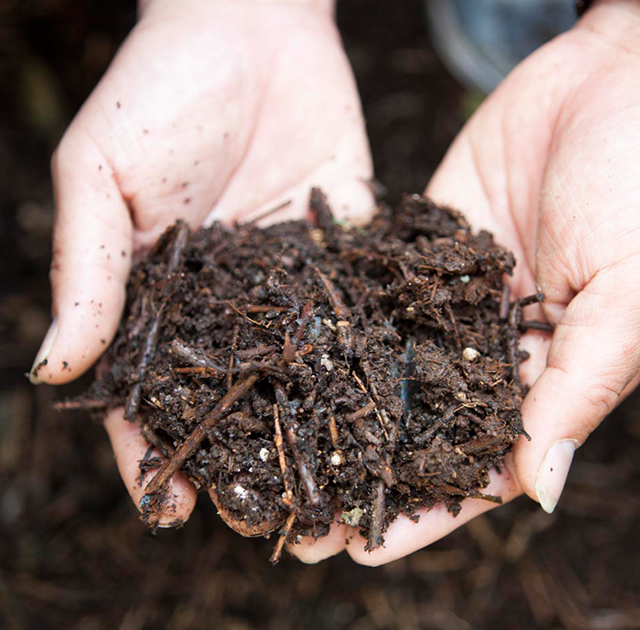
Once a new seedling is planted, it takes 4-5 years for the tree to be ready for harvesting.
Deep knowledge and expertise is needed to cultivate tea, from understanding seasonal changes to minding the soil.
Therefore, the baton is passed down from parent to child through the generations.
“We regularly exchange information with the younger folk.
For instance, what fertilizer worked, what you can do to keep the pests at bay, and so on.
We are all together, protecting this tea fields and making them better.â€
This healthy tea leaves, cultivated through hard work, must be delicious!
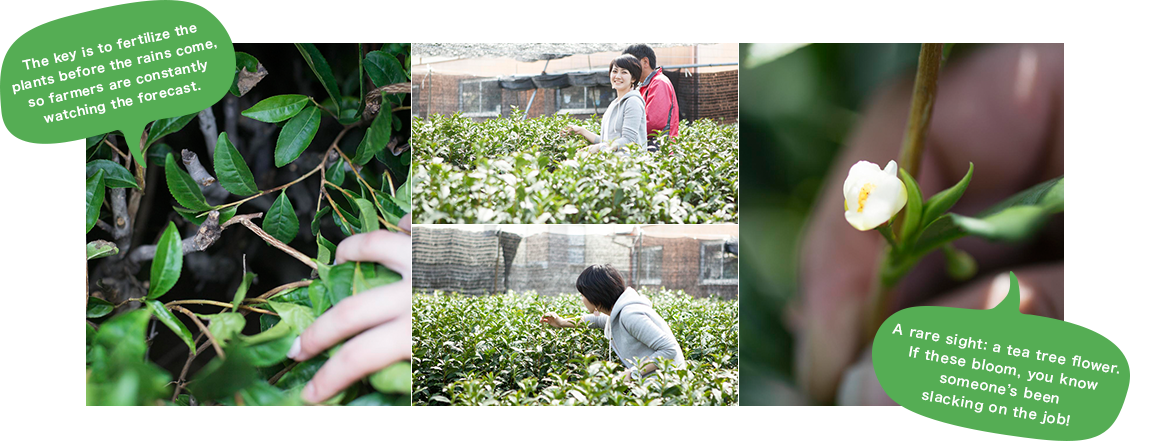
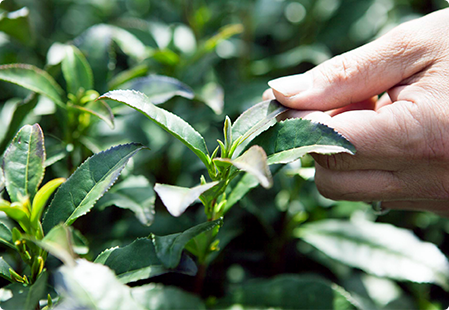
Leaf picking
Tea leaves are plucked in two ways: by hand or by machine. When you see leaves in a uniform, crescent shape, they have been picked by machine. The ones with variously sized branches are picked by hand.

Mixing and cooling
Steamed leaves are rich in moisture; if left unattended at high temperatures, the color and aroma worsen. Therefore, they are elevated and chilled such that they are exposed to the wind, and dropped from a high point such that they gently float down and will not snap or stack on top of each other.
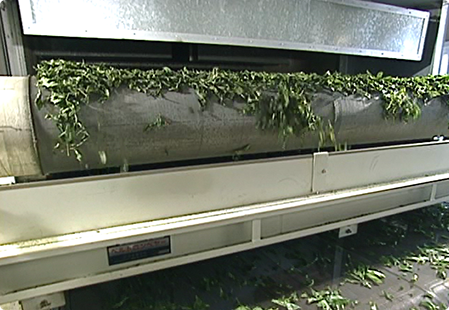
Trimming the stems and re-drying
The stalks and veins of the leaves, which still contain moisture, are cut away from the dried leaves. Those that still contain moisture are redried.
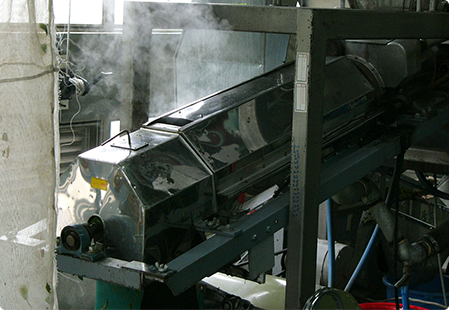
Steaming
The freshly-picked leaves are stirred together and steamed for about twenty seconds.
By stopping the oxidase in the leaves, they remain a vivid green color.
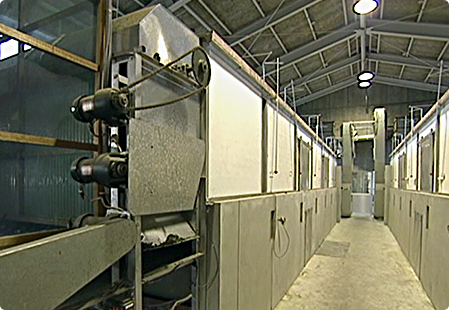
Drying, phase 1
The dried leaves are put into narrow dryers and subject to 200 degree Celsius heat for 30 minutes.
These dryers contain multiple layers that move in succession. Drying them in this way imparts the unique scent of the furnace to the leaves.
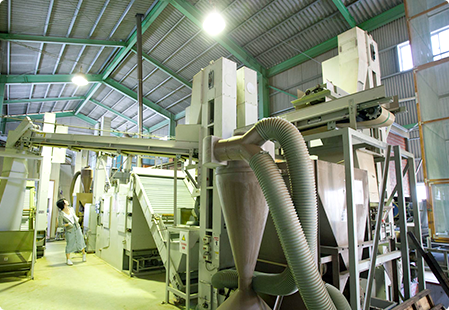

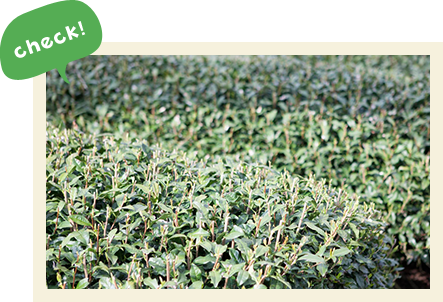
There are two ways of picking tea leaves, but did you know the amount of pluckings also differs?
Plucking by machine is carried out in spring and early summer, but plucking by hand is only done for the first flush.
The nutrient-rich soil produced by the farmers conveys nutrition to the stems and branches of the trees, making them sprout more delicious new leaf shoots!
Each tea firm produces its own Uji tea flavor
There are actually many varieties of Uji tea, although they are commonly referred to with one name.
There are various areas in Uji, from those along the river, to those in the mountains, to flatlands,
and each place produces tea with a different flavor, color, and aroma.
The weather each year can also change the flavor, so the same plantation may not yield the exact same tea each year.
Historic tea firms like Tsujiriichihonten have used unique blending techniques to remain consistent.

Tsujiriichihonten’s matcha had a slightly thinner taste than I imagined.
However, once I took a full sip, a rich aroma unfurled in my mouth,
and I felt a sweetness as I swallowed.
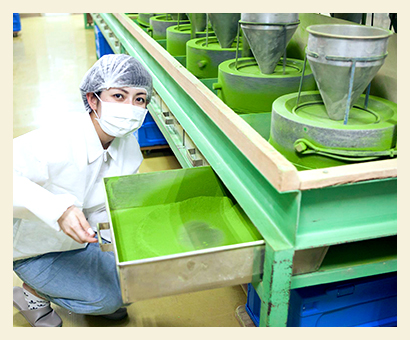
Mr.Tsuji had this to say:
“My father taught me that one should cherish the natural synergy of things. This often refers to things being of good quality and free of fault, but in the case of matcha, it was an encouragement to draw out its natural flavors. In recent years, there are more dishes on the market that are very rich, so matcha may seem delicate and subtle. To tell the truth, there is no one tea that is perfect in respect to taste, color, and shape. However, we try to blend them just right. The other lesson my father told me was to share this quality tea with others.
A micron-level feature that bursts in the mouth
They showed me how stone mortars are used to pulverize the leaves into a powder.
The solemn row of mortars rotated together, creating a green powder so fine you had to squint to see it.
When the blended tea leaves are poured through the hole at the center of the machine, they drop down to a stone mortar below.


The stone mortar, seen in cross-section, has grooves that spiral outwards. The leaves pass through the grooves and are gradually pushed to the outer perimeter, being ground down smaller.
However, the grooves stopped at the edge of the mortar.
Apparently, once the leaves have been finely ground, they are given a last grinding using the smooth rim of the mortar.
The resulting powder has a textured surface.
What this means is that when you drink the tea, particles catch on the tongue and produce a deeper flavor.
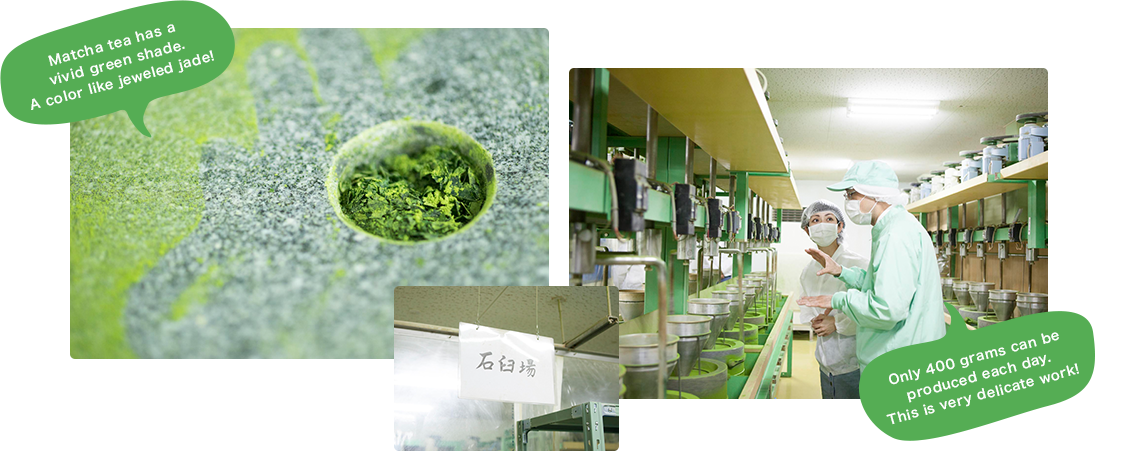
Tsujiriichihonten has been engaged in safeguarding Uji’s tea traditions and bringing them to a wider audience.
The business has been passed down for 150+ years and owes its lasting power to following tea master Sen no Rikyu’s idea of learning the fundamentals in order to part with tradition.
“You have to have the basics down. But if you only follow the basics, you won’t get anywhere. You have to understand and safeguard the basics, then think ingeniously to make them your own in a new way. That has always been a founding spirit of our enterprise and was told to me by my grandfather countless times.†In this way, tea has been reborn and invigorated through the passion of its creators, and it reaches us as consumers in an even more delicious state thanks to innovation.















